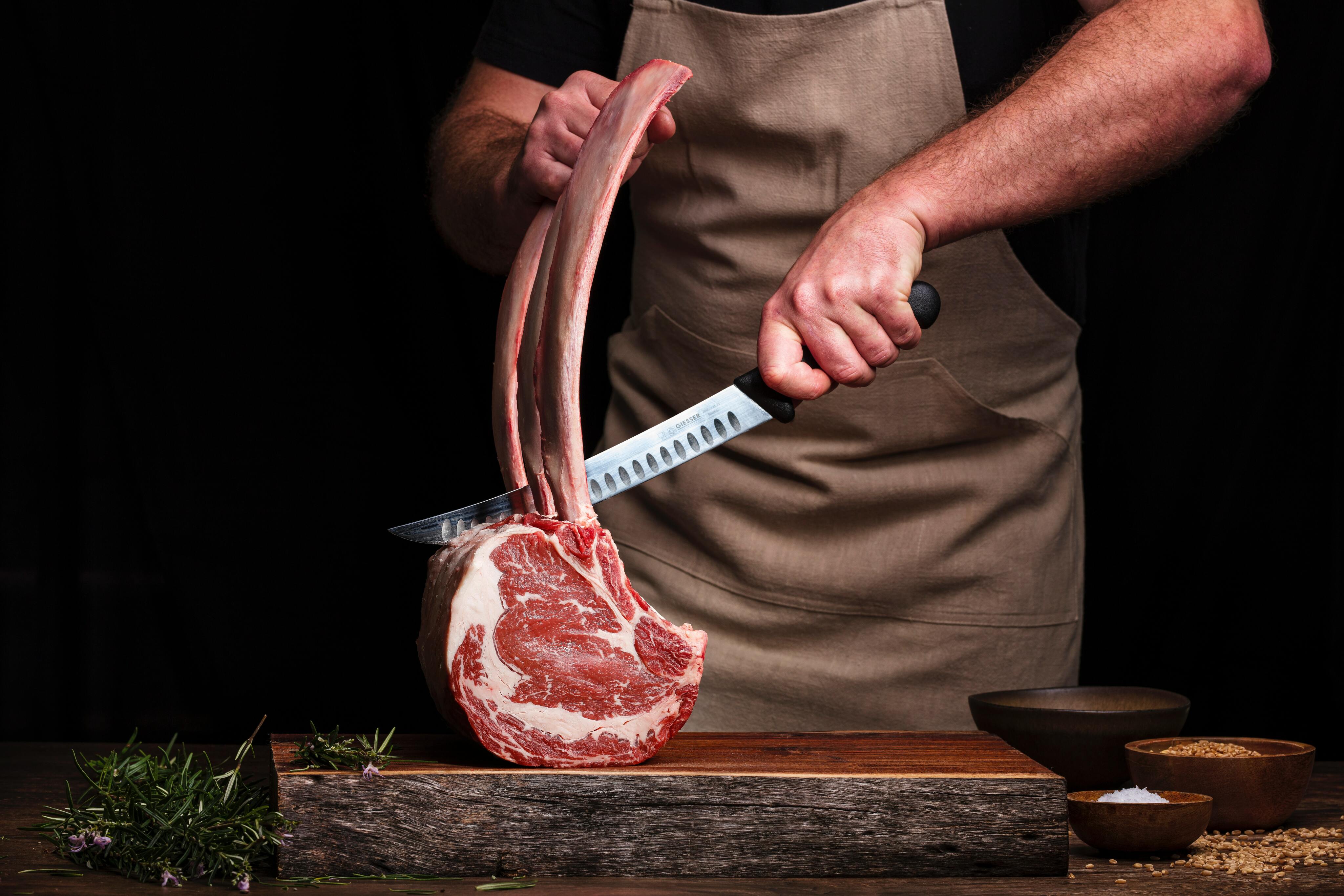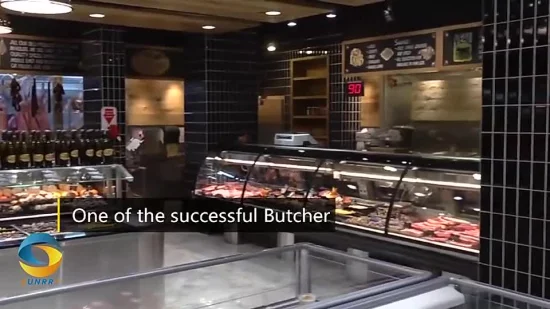From Farm to Table: Embracing the Custom of Meat Markets and Butcheries
In an age controlled by ease and automation, there exists a quiet revolution taking place in the culinary world - a return to the roots of food sourcing through the practice of meat markets and butcheries. These facilities, usually forgotten in the darkness of grocery stores, are experiencing a renewal as discerning consumers look for top quality, traceability, and a link to the beginnings of their food. Yet what is driving this change back to the methods of old? The answer depends on the intersection of heritage practices, moral factors to consider, and a wish for a more authentic gastronomic experience.
The Resurgence of Meat Markets
The rebirth of meat markets across various communities indicates a change towards a renewed admiration for locally sourced, high quality meats. Over the last few years, consumers have actually become extra mindful of the beginnings of their food, resulting in an expanding demand for transparency and sustainability in the meat market. This trend has led the method for the revival of typical meat markets and butcheries, where clients can straight engage with knowledgeable butchers and resource their meat from nearby farms.
Among the vital driving elements behind this rebirth is the desire for better and fresher products. By buying meat from local markets, consumers can make certain that they are getting fresh cuts that have actually not taken a trip lengthy ranges or been being in storage for extensive periods. Furthermore, sustaining regional meat markets helps boost the neighborhood economic climate and promotes area connections.

Craftsmanship in Butcheries
With the resurgence of meat markets stressing quality and sustainability, the focus changes in the direction of acknowledging the complex craftsmanship presented in contemporary butcheries. Workmanship in butcheries surpasses simply cutting meat; it embodies an ingrained tradition of knowledge and accuracy in managing different cuts of meat. Bagley Farms Meat Market. Butchers, commonly trained for several years, have a wide range of knowledge on the makeup of animals, blade skills, and the art of breaking down carcasses successfully

In modern-day butcheries, craftsmanship is noticeable in the way butchers very carefully source their meat, guaranteeing high criteria of high quality and ethical methods. They take satisfaction in understanding the provenance of the meat they sell, working carefully with regional farmers and suppliers to provide clients complete openness and traceability.
Additionally, workmanship in butcheries reaches the presentation of meat. Butchers skillfully prepare cuts that not only improve taste but likewise display the all-natural elegance of the meat. The art of butchery is a mix of tradition and advancement, where respect for the animal and commitment to the craft outcome in phenomenal products that genuinely attract attention in today's market.
Locally Sourced Meat Quality

In your area sourced meat provides numerous advantages, including fresher products, assistance for local farmers, and lowered ecological impact as a result of decreased transportation ranges - Bagley Farms Meat Market. By buying meat from close-by farms and butcheries, customers can have more self-confidence in the quality and safety and security of the products they are getting

Farm-to-Table Shopping Experience
In the realm of locally sourced meat top quality, the farm-to-table purchasing experience supplies customers a straight connection to the origins of their food - Bagley Farms Meat Market. This distinct shopping experience allows customers to map the trip of their meat, from the ranch where the animals were raised to the table where it will be taken pleasure in. By participating in farm-to-table purchasing, people can acquire a deeper understanding of the farming practices, pet well-being requirements, and sustainability efforts included in producing their meat
One of the key advantages of the farm-to-table purchasing experience is the transparency it provides. Consumers have the possibility to interact with neighborhood farmers and butchers, asking inquiries regarding the meat they are finding out and buying about the details cuts offered. This direct interaction promotes trust in between manufacturers and consumers, guaranteeing that individuals are confident in the quality and beginnings of the meat they are bringing home. In addition, the farm-to-table buying experience commonly advertises a sense of community, as consumers support neighborhood companies and agriculture, enhancing the bond in between rural and urban locations.
Practice Fulfills Modern Culture
The convergence of conventional meat markets and butcheries with contemporary culture offers an unique opportunity for the preservation of artisanal methods in a modern context. While modern-day advancements have transformed different markets, the significance of typical meat markets and butcheries continues to be deeply rooted in history and workmanship. This blend of practice and modernity permits the extension of classic methods while adapting to the needs and preferences of today's customers.
In today's busy globe, where comfort typically outdoes top quality, there is an expanding gratitude for the heritage and authenticity that traditional meat markets and butcheries offer. Consumers are increasingly seeking openness in the sourcing and manufacturing of their food, leading them back to the tailored solution and proficiency found in these facilities. Additionally, the focus on sustainability and ethical practices straightens with the worths maintained by numerous conventional meat markets and butcheries, fostering a feeling of neighborhood and obligation towards the setting.
As culture remains to evolve, the coalescence of practice and modernity in meat markets and butcheries not only makes certain the preservation of artisanal techniques yet likewise enriches the culinary landscape with a blend of heritage and advancement.
Conclusion
In verdict, the custom of meat markets and butcheries is experiencing a renewal in modern culture. These facilities supply locally sourced meat of high quality, providing a farm-to-table purchasing experience for customers. The craftsmanship and know-how found in butcheries add to the credibility and worth of the why not try these out items offered. By embracing this practice, individuals are able to get in touch with their food in a meaningful method, bridging the void between the past and the present.
In a period controlled by ease and mass production, there exists a quiet revolution taking place in the cooking globe - a return to the origins of food sourcing through the tradition of meat markets and butcheries.The revival of meat markets throughout numerous areas shows a change in the direction of a restored admiration for in your area sourced, top quality meats.With the resurgence of meat markets emphasizing quality and sustainability, the emphasis moves towards recognizing the elaborate craftsmanship displayed in modern butcheries. Workmanship in butcheries goes past Going Here simply reducing meat; it symbolizes a deep-rooted custom of proficiency and precision in dealing with different cuts of meat.In today's fast-paced world, where ease typically surpasses quality, there is an expanding recognition for the heritage and authenticity that conventional meat markets and butcheries provide.